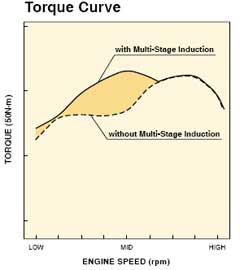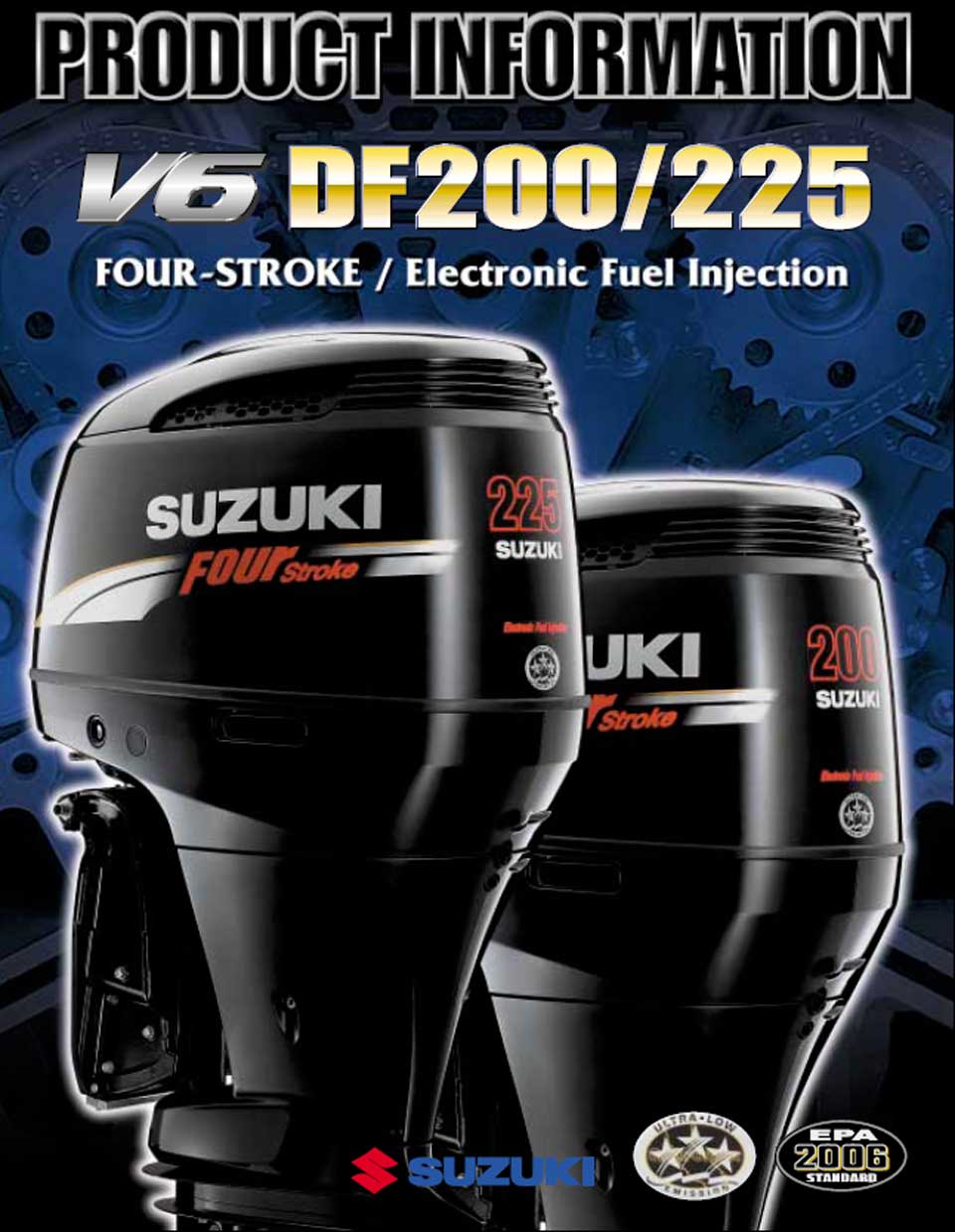
Suzuki's Award Winning Technology
 |
The product of unrivaled expertise and world class technology, Suzuki's four-stroke outboards have long been on the cutting edge of outboard performance winning acclaim and awards for their advanced technology, innovative ideas, and designs. We were the first to introduce a digital Electronic Fuel Injection four-stroke; an idea that allowed the DF60 and DF70 to receive further recognition from the International Marine Trades Exposition and Convention when they captured the IMTEC Innovation Award. We were the first to offer an automotive type self-adjusting timing chain in a four-stroke engine with performance-enhancing dual overhead cams and four valves per cylinder. This brought us recognition again, when our DF40 and DF50 received the IMTEC Innovation Award making Suzuki the first manufacturer to receive this distinguished award two years in a row, and also giving us our third IMTEC award, again an industry first. DF90/115 and DF140 are the first to offer an offset driveshaft with a two-stage cam drive system and two-stage gear reduction system, making them the most compact outboards in their class. At its first showing at a special preview at the 2003 Miami International Boat Show, the DF250 captured the NMMA (National Marine Manufacturers Association) 2003 Innovation Award making this the fourth Innovation Award for Suzuki.
|
|
The Ultimate in Performance The DF225 utilizes multi-stage induction to enhance engine performance by changing the length of intake manifold pipes according to engine speed. The system utilizes two intake manifold pipes per cylinder, one operating at low engine speed and another operating at high. When the engine is operating at lower rpm, air enters the combustion chamber through the longer, curved manifold pipe. The length of the pipe is designed for entering the most suitable volume of fresh air into the chamber to improve combustion and boost low-end torque. As rpm pass a preset threshold, the direct intake pipe opens up letting air enter directly into the combustion chamber. Short, straight and lacking resistance it gets a greater volume of air into the chamber, increasing the engine's ability to breathe at high rpm, thus improving high speed power output. The engine cover is also designed with a large air intake, which extends from the back of the cover, well around both sides to provide maximum airflow into the cowling. |
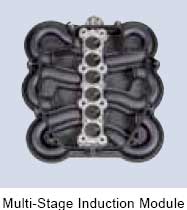 |
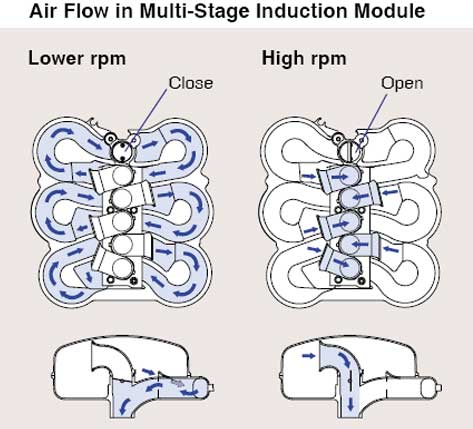 |
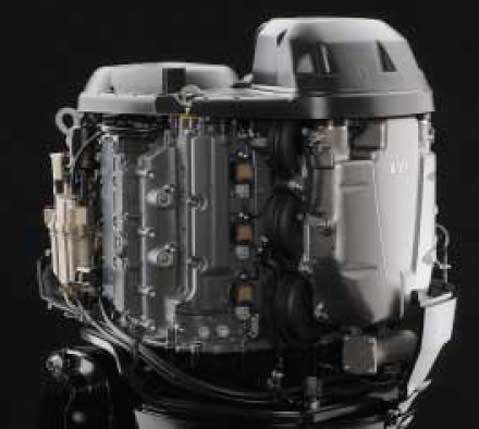 |
|
Two-Stage Gear Reduction With such a high performance engine now at our disposal, losing any power in the propulsion system would be a waste, so our engineers chose an efficient means of supplying maximum propulsion. A propeller rotating at high speed in the water has a tendency to slip and when two propellers of the same pitch but different diameters are rotated, the smaller propeller will slip more than the larger. So to obtain maximum propulsion, spinning a larger diameter propeller with a suitable pitch is the answer. But to spin a larger propeller, more torque in the propeller shaft becomes necessary. In order to obtain the required amount of torque however, the corresponding increases in weight and resistance due to the use of larger gears and a larger gearbox do not always provide effective results. The answer to this dilemma is found in the use of a two-stage gear reduction system that provides the necessary torque without adding unwanted bulk and weight. The DF200 and DF225 utilize a first stage gear reduction (32:40) between the crankshaft and driveshaft, and a second stage reduction (12:22) in the lower unit's gear case, resulting in an overall gear ratio of 2.29. This is the largest gear reduction ratio found in any outboard over 200PS (147kW) two-strokes included. Such a powerful reduction allows these outboards to turn a 16- inch diameter propeller, which, while being larger than the 14-1/2- inch diameter propeller found on the two-stroke DT225, is also larger than those previously used on V6 outboards. For this reason, a propeller specially designed for greater acceleration and maximum speed is used on both the DF200 and DF225. Along with providing greater acceleration, the gear reduction in combination with the four-stroke engine's wide power band is capable of handling a wide variety of loads, which is a significant benefit to boaters whose loads vary from day to day. Compact Designs 55-Degree Bank Angle Creates a Compact V6 With the DF200 and DF225, one major design objective our engineers set out to realize was to produce a compact, narrow profile motor. This was met by abandoning the 60-degree bank angle normally utilized in V-type blocks and designing an all-new V-design block using a 55-degree bank angle-an industry first. When compared to the industry norm of 60-degrees, as shown in the engine cover comparison, the difference in size becomes quite clear. |
Propeller Diametr Comparison 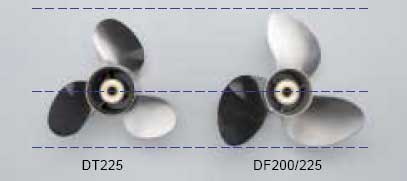 Cylinder Block 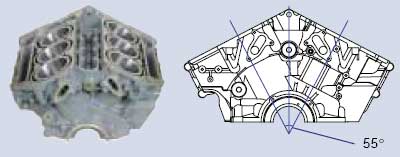 Engine Cover Profile Comparison 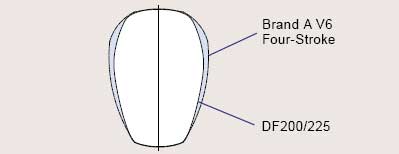 |
Offset Driveshaft
Suzuki's utilization of an offset driveshaft in the DF90, 115 and 140 has proven successful in reducing the size of the outboard. The DF200 and DF225 benefit from this same design which positions the crankshaft in front of the drive shaft, simultaneously moving the outboard's center of gravity forward. This system adds to the compactness of the outboard and provides an improvement in power performance. It also places the engine's axis of inertia, the point where vibrations produced by the engine are at a minimum, up over the upper engine mount thus greatly reducing vibration.
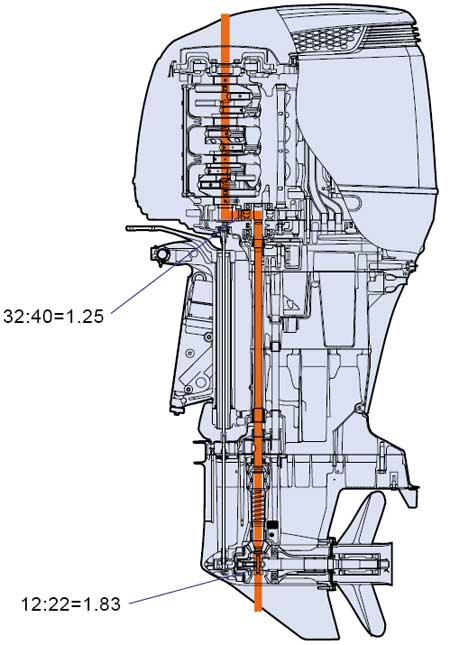 |
Two-Stage Cam Drive System The two-stage cam drive system utilized in the DF200 and DF225 incorporates both gears and a chain. The system's first stage gears transfer power between the crankshaft and the drive shaft (32:40) while the second stage utilizes a chain to deliver power from the drive shaft to the camshaft (20:32). This allows for the use of smaller diameter cam sprockets, which in turn allows for a reduction in valve angles also reducing the size of the cylinder head. The timing chain is equipped with an automatic hydraulic tensioner to keep the chain properly tensioned. This system provides years of maintenance-free operation. 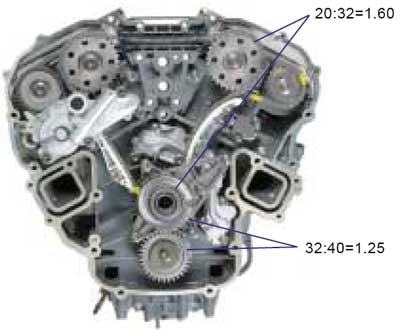 Direct Ignition An advanced direct ignition system used in both of these V6 outboards utilizes integral type spark plug caps with ignition coils. While reducing the number of parts and simplifying the wiring system, this arrangement also greatly reduces electronic engine "noise" that can interfere with VHF radios, fish finders and other marine electronics. Controlled by the outboard's powerful 32-bit computer this system provides each cylinder with optimum spark strength and timing. |
|
Durability and Reliability Keeping The Engine and Components Cool Fitted with fan blades the flywheel serves a dual purpose by efficiently expelling heat from within the engine cover out of the side of the cowl, keeping the temperature within the cowl under control. Water circulating around the oil jacket located at the base of the V-bank cools oil flowing through the pipe, keeping oil temperature under control. This contributes to the cooling of the engine thereby enhancing durability. The DF200 and DF225 also utilize piston cooling jets, each of which shoots a stream of oil onto the backside of the piston to aid in cooling. Fine nozzles deliver a well-defined stream that is precise and accurate. The engines are also equipped with another cooling jet that shoots a stream of oil onto the main cam chain and drive gear to keep those components cool as well. Suzuki Anti-Corrosion Finish Suzuki has formulated a new anti-corrosion finish that both increases the durability of the engine and protects those parts of the aluminum exterior that are constantly exposed to saltwater. The Suzuki Anti-Corrosion Finish is an specially formulated advanced finish that offers maximum bonding of the finish to the aluminum surface for an effective treatment against corrosion. The Suzuki Anti-Corrosion Finish can be found on all 2004 fourstroke models from the DF25 and up. |
Plug Top Ignition Coil 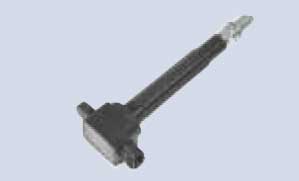 Pluwheel Magneto 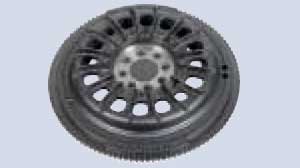 |
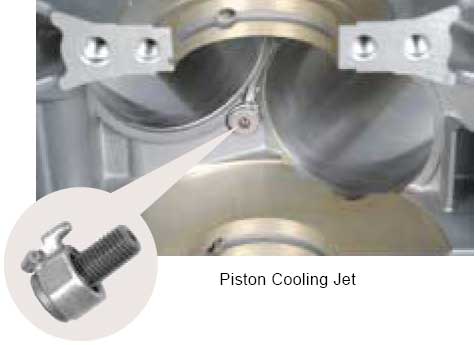 Injector & Manifold Module 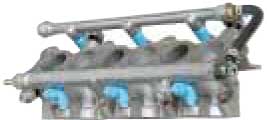 |
Low Emissions Multi Point Electronic Fuel Injection As Suzuki was the first in the industry to incorporate multi point electronic fuel injection in a four-stroke outboard with the DF60 and DF70, it is only natural that the DF200 and DF225 would incorporate the same. Along with Suzuki's Multi Point Sequential Fuel Injection, the DF200 and DF225 incorporate an ECM (Engine Control Module) which constantly monitors crucial data, in real time, from a series of sensors placed in critical areas on the engine. This comprehensive network of sensors includes the Manifold Absolute Pressure Sensor, Crankshaft Position Sensor, Intake Air Temperature Sensor, Cylinder Wall Temperature Sensor, Camshaft Position Sensor and Exhaust Jacket Temperature Sensor. To process all of this data efficiently, the ECM relies on a powerful 32-bit computer which instantly calculates the optimum amount of fuel to be injected at high pressure into each of the cylinders by the Multi Point Sequential Fuel Injection system. This system greatly reduces exhaust emissions allowing the DF200 and DF225 to pass both the EPA 2006 regulations and CARB 2008 regulations, the strictest exhaust regulations to date, while providing lower fuel consumption, smooth starts, crisp acceleration, smooth performance and maximum efficiency. CARB 3 Stars The DF200 and DF225 have received the CARB three-star rating which identifies engines that meet the California Air Resources Board's 2008 exhaust emission standards. The strictest exhaust regulations to date, they represent a 65% reduction in emissions from the EPA 2006 emission standards.  |
Multi Point Sequential Electronic Fuel Injection (DF200)

Информация о лодочных моторах Suzuki
